The Definitive Guide to Street Photography | From First Steps to Advance Techniques
For me, street photography is a journey through capturing candid moments that tell authentic stories of our shared existence. This guide compiles almost twenty years of experience, historical context, and practical understanding to help photographers develop their street photography skills at all levels.
PHOTOGRAPHYPLAYBOOKS
Whether you're just starting or refining your approach after years behind the lens, you'll find techniques to elevate your work and deepen your connection to this powerful art form. From technical aspects like zone focusing to the human elements of overcoming fear and engaging with subjects respectfully, this comprehensive resource covers everything you need to become a confident and creative street photographer.
Me & Street Photography
For over twenty years, street photography has been my refuge, my meditation, and my way of connecting with humanity. I still remember my first attempts, standing nervously on the streets of Bristol, England, uncertain what I was doing, what I needed to look for, or even how to act. That vulnerability never completely disappears, but it transforms into something beautiful with practice.
This art form has a rich history dating back almost 200 years, with its origins in the 1850s and experiencing significant growth periods in the late 1900s and 2010s. Throughout this evolution, street photography has remained a powerful tool for documenting our collective experience and telling stories that might otherwise go untold and even unnoticed.
The genre of street photography has transformed me—building confidence, improving conflict management skills, and enhancing mental health through mindful observation. Having gone through it many times, I have a visceral memory of the initial anxiety, the gradual comfort, and finally, the artistic liberation that comes when technical skills become second nature and one’s unique vision emerges.
Think of this blog post as the guide I wish I'd seen when I began—a resource that covers both the technical challenges and the emotional hurdles, guiding you through the streets with a reassuring and gentle nudge. My goal isn't to create photographers who shoot like me, but to help you discover your unique perspective and develop the skills to express it effectively.
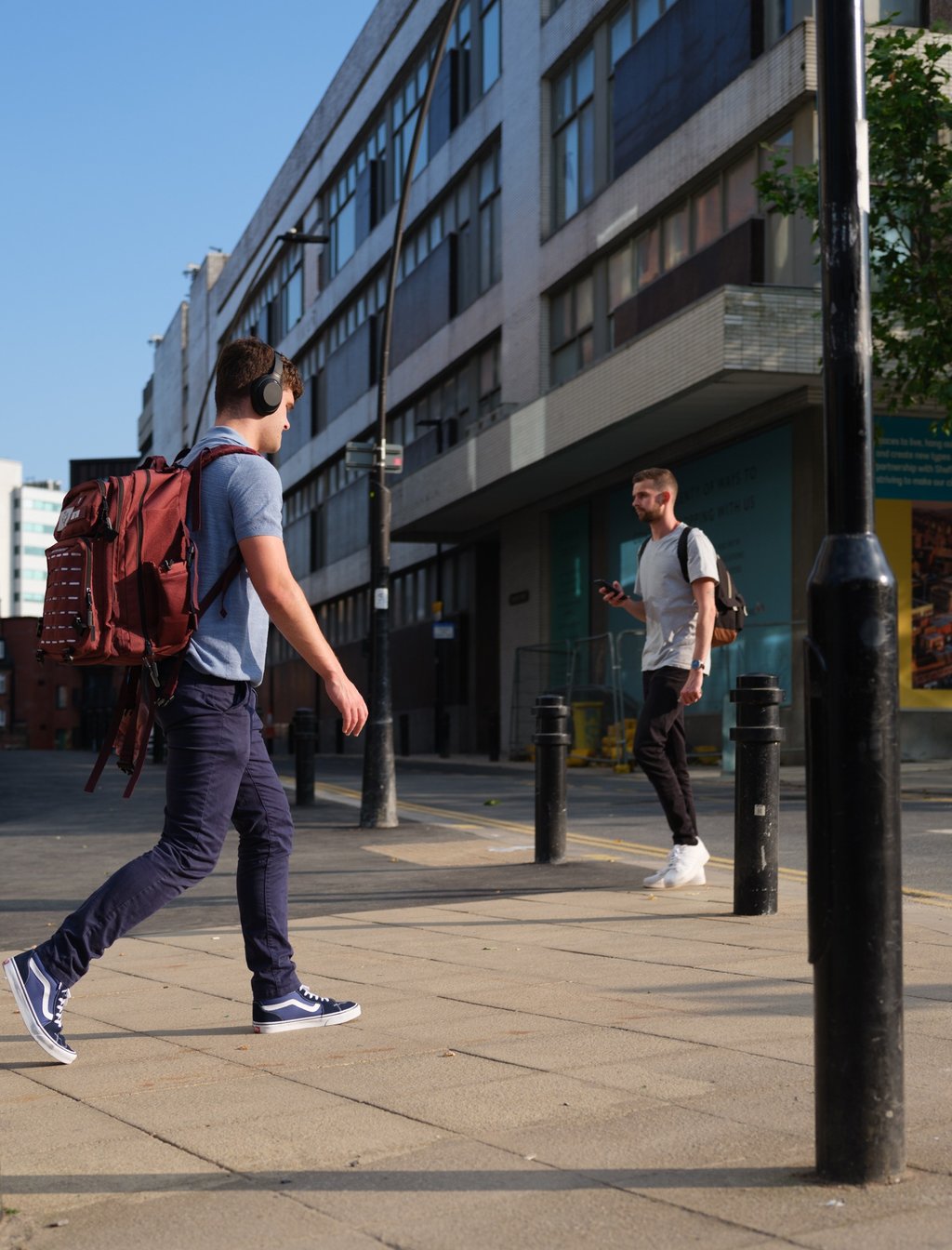

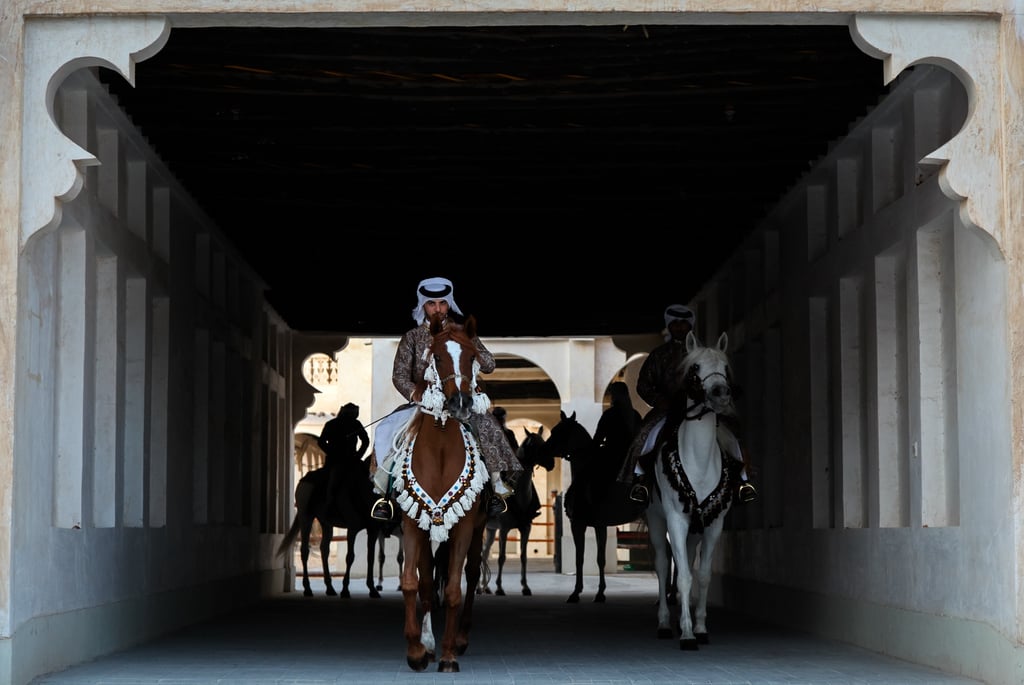

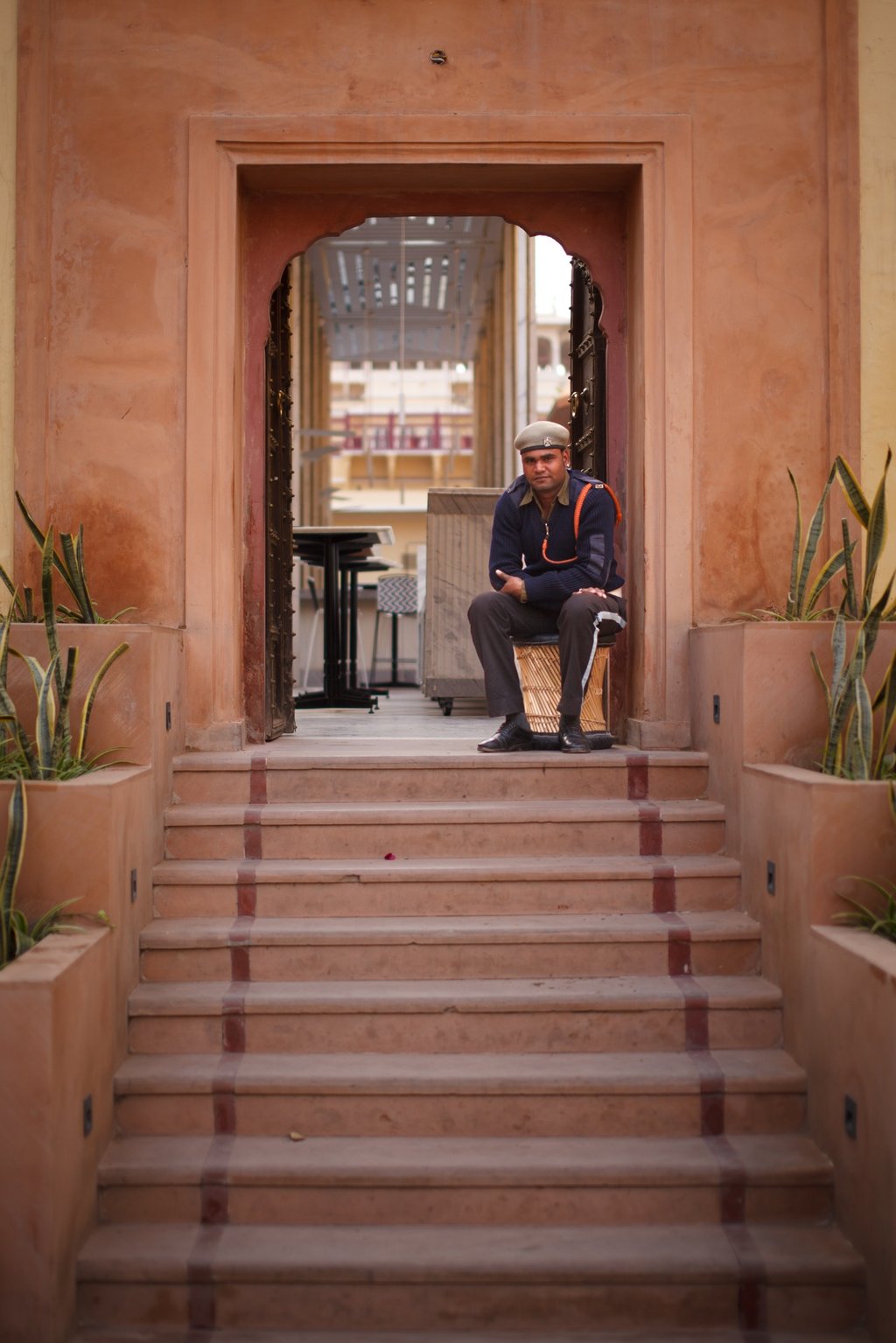

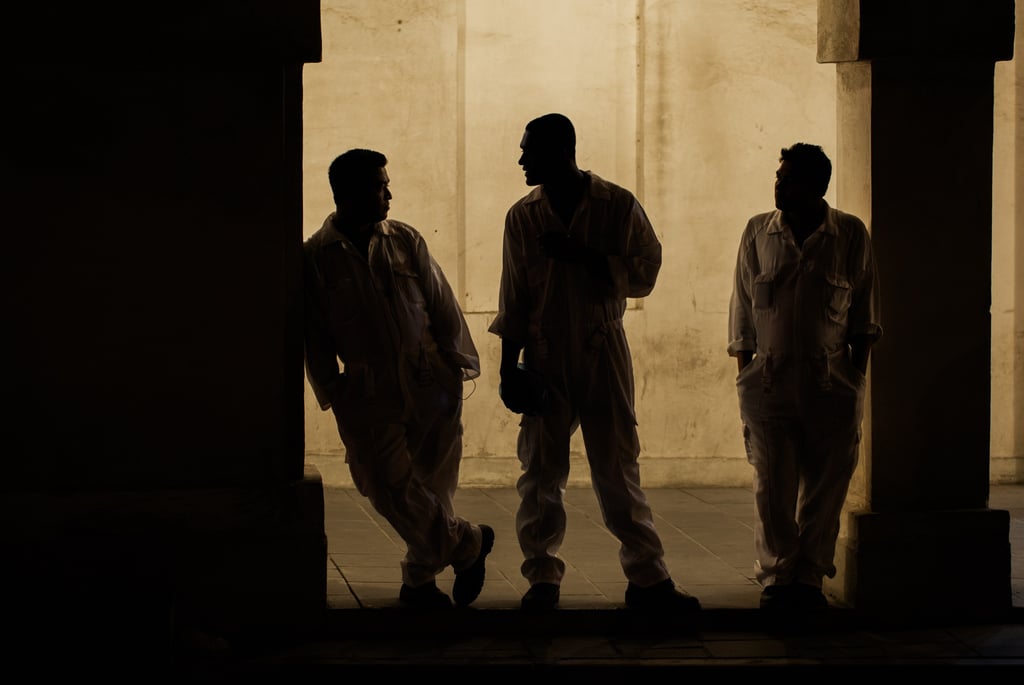

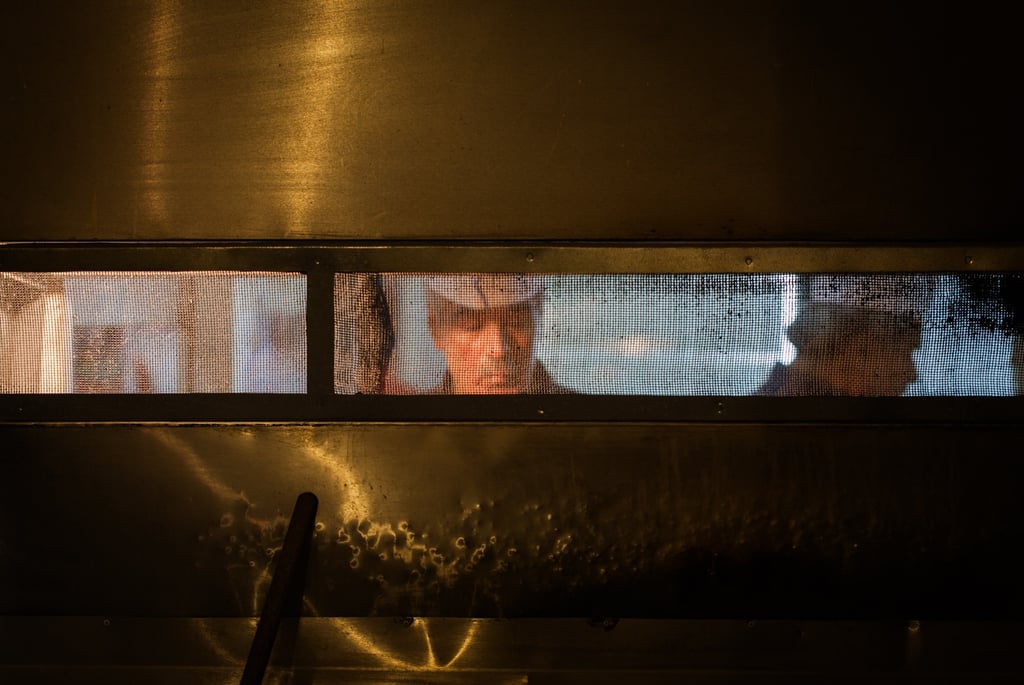

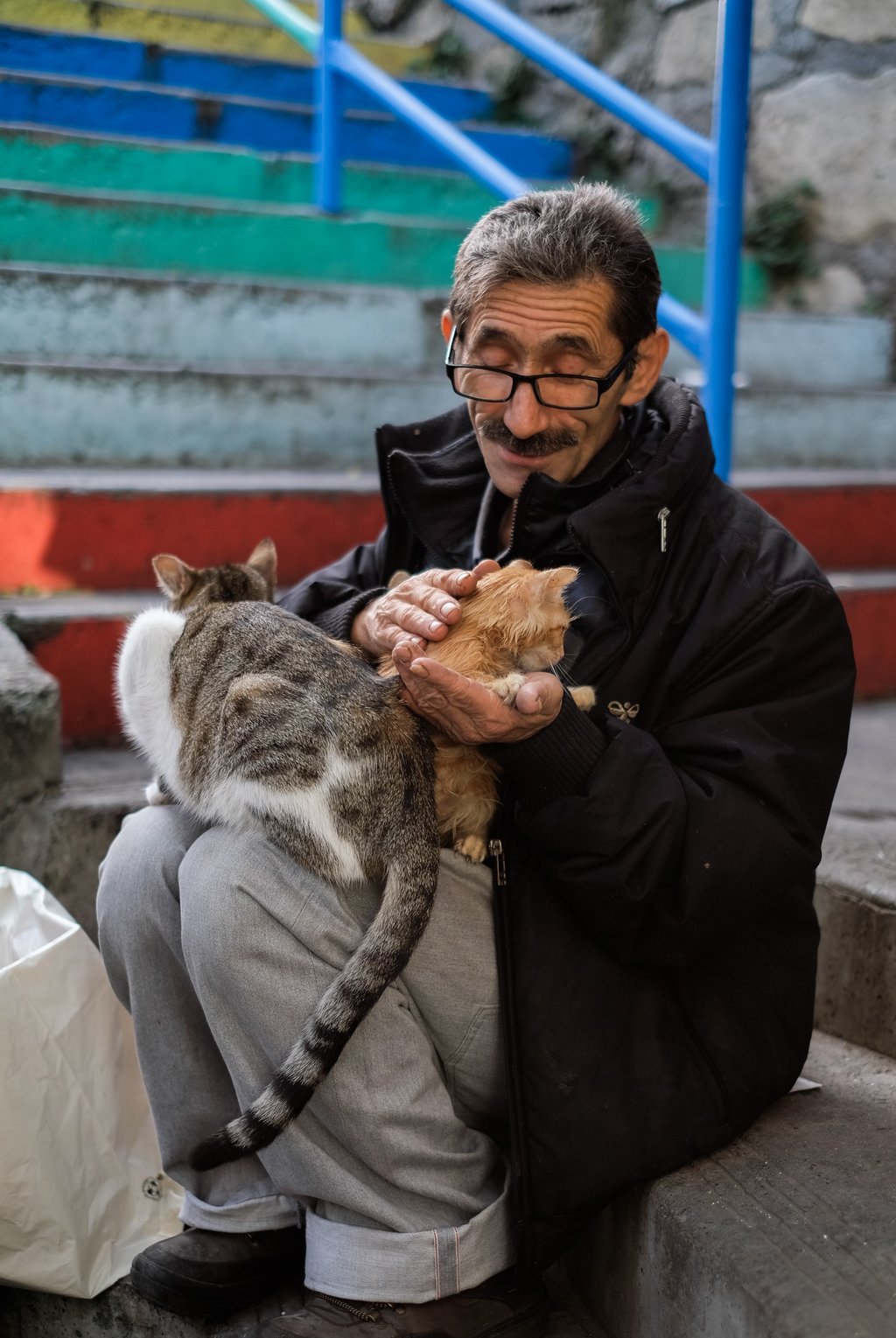

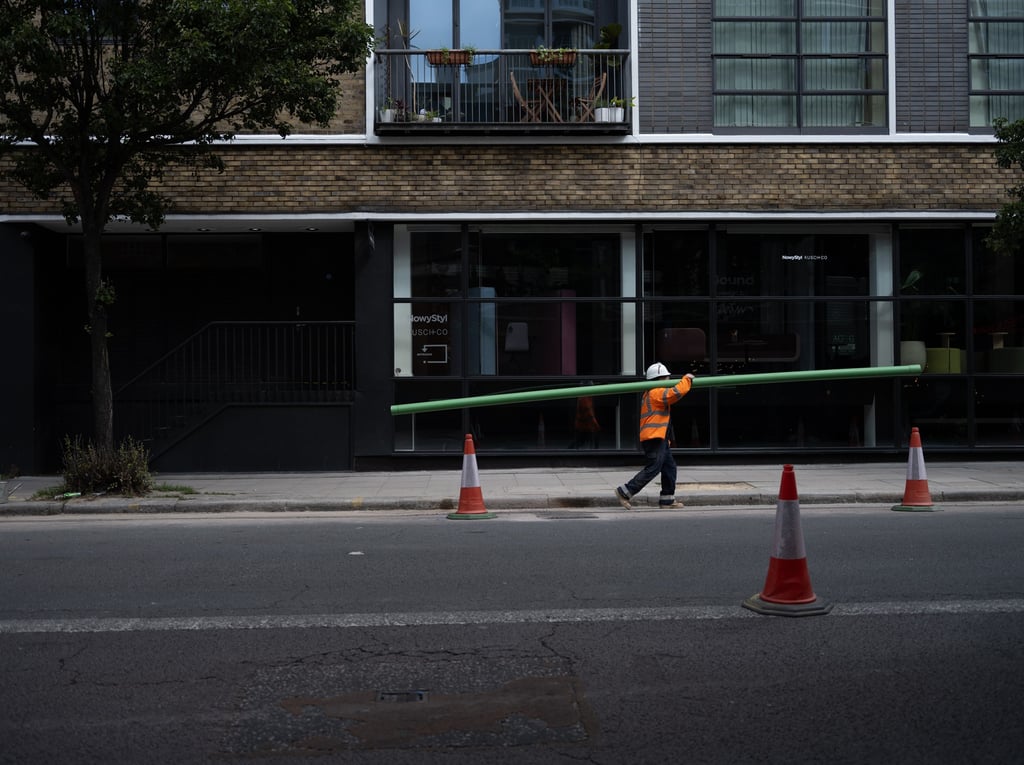

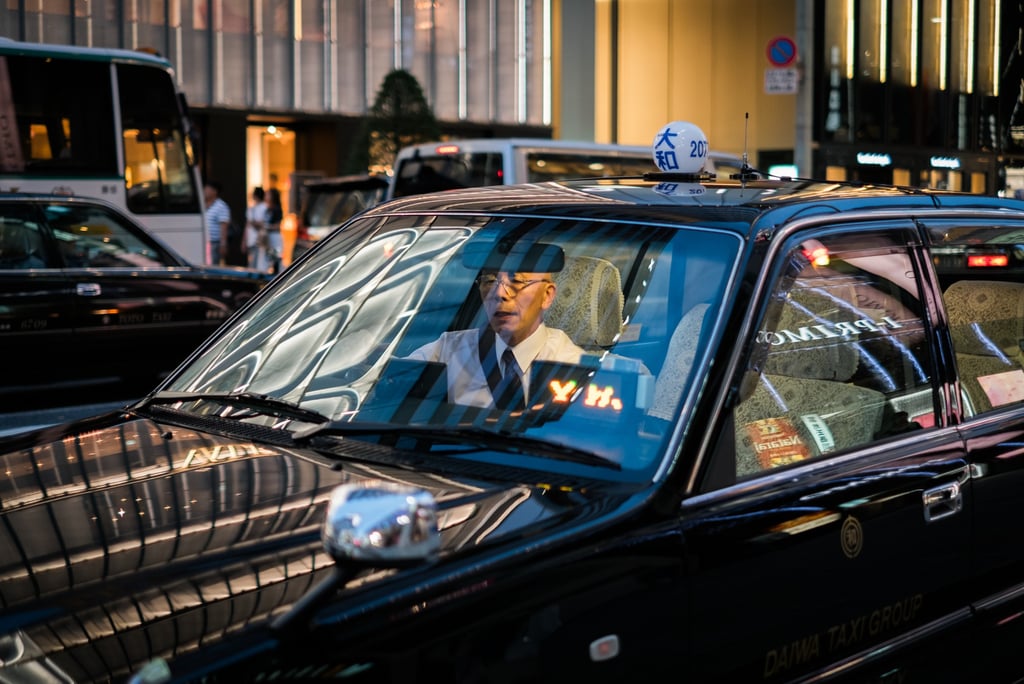

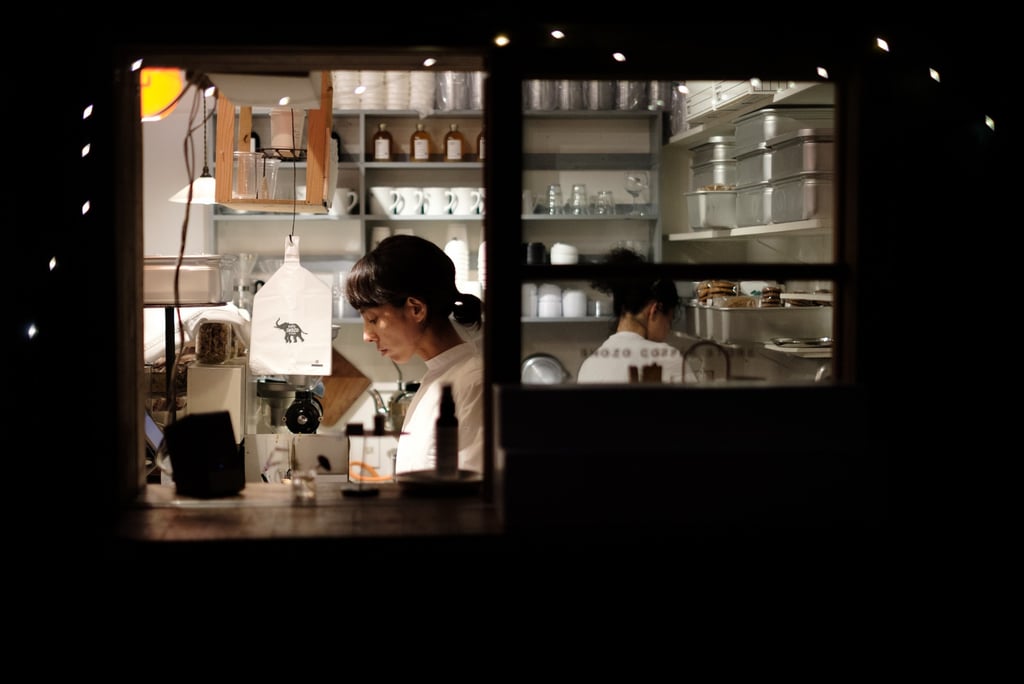

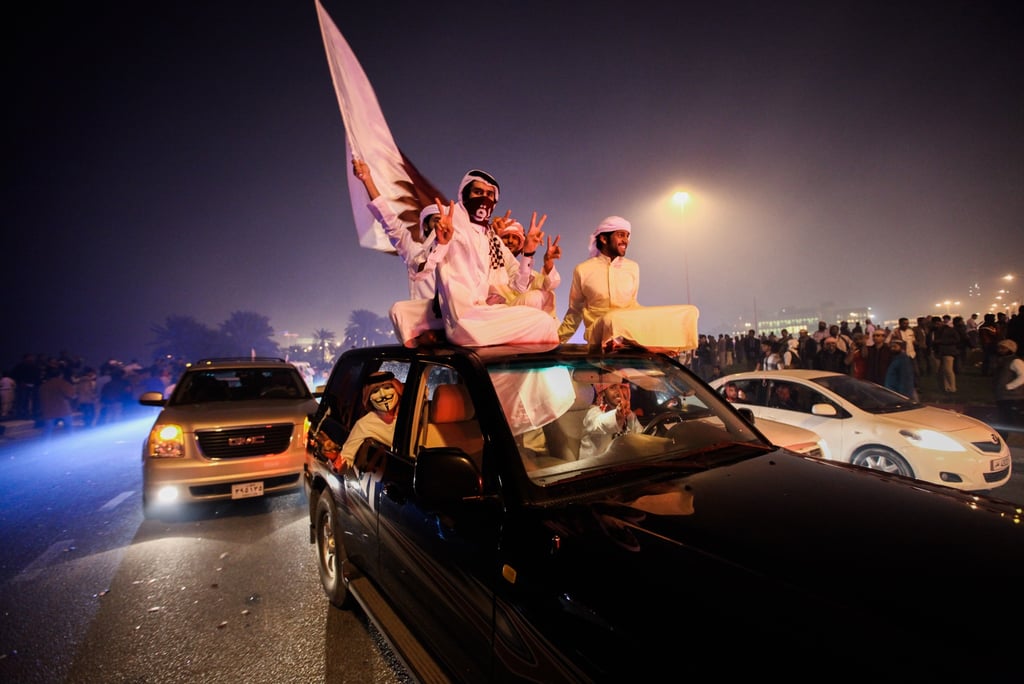

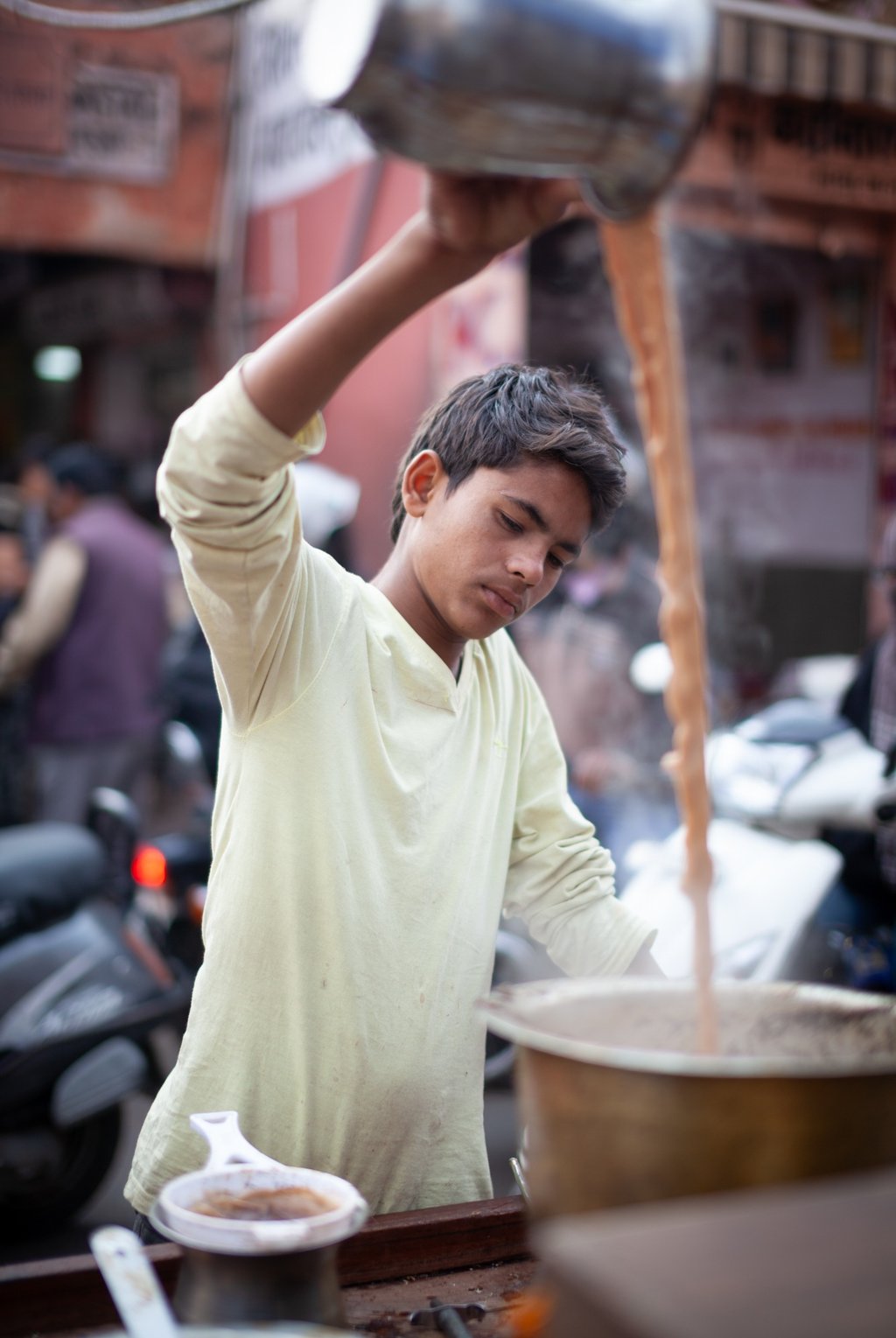

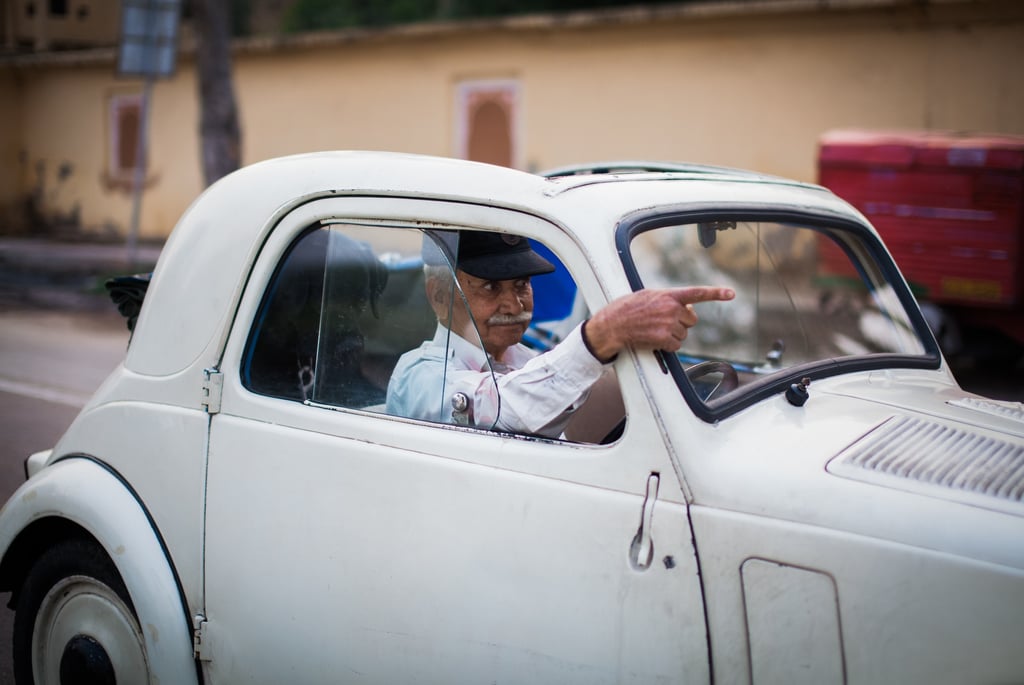

The Fundamentals
At its essence, street photography is about capturing authentic, unplanned moments that reveal something meaningful about the human condition. While traditionally focused on public spaces and candid shots of people, today's definition has expanded to include any environment where human presence or influence can be observed.
The earliest street photographs came from pioneers like Eugene Atget and Henri Cartier-Bresson in the 1920s and 30s, who used handheld cameras to document everyday life in their cities. This approach blossomed in the 1950s and 60s when photographers like Robert Frank and Garry Winogrand captured the changing social landscape of post-war America.
What separates meaningful street photography from random snapshots is intention and storytelling. Each frame should communicate something emotional, a relationship, a question, or a moment of beauty in the ordinary. Henri Cartier-Bresson called this "the decisive moment"—that perfect alignment when visual elements and human behaviour converge to create something powerful. It’s truly down to you to interpret such moments.
Like with any great pieces of art, in whatever form, you're not just casting your line randomly; you're reading the currents, studying the environment, and patiently waiting for the perfect moment. Sometimes you'll return empty-handed, other times with a single magnificent decisive moment. That's the beautiful unpredictability of this art form.
For beginners, I recommend starting with aperture priority mode rather than manual settings. This allows you to focus on capturing moments without missing shots due to exposure adjustments. It’s always beneficial to remember that a technically imperfect image with a powerful moment will always outshine a perfectly exposed photo of nothing interesting.
Become One with the Street
The art of becoming invisible is perhaps the street photographer's greatest superpower. The more you blend in, the more authentic the moments you'll capture. Adapt to your environment rather than standing apart from it, and with a little bit of patience, you will eventually be rewarded with an authentic moment. Be ready to capture it. When I say blend in, I mean it.
Dress appropriately for the environment you're photographing. In a business district, casual business attire helps you disappear. In a tourist area, looking like a tourist might be your best camouflage. The goal is to minimise the impact of your presence so life unfolds naturally before your lens.
Move calmly, but with intention. Erratic movements draw attention; fluid, purposeful motion does not. Like a river, be constant, smooth, and natural. This allows you to observe and position yourself without alerting potential subjects.
Your gear choices significantly impact your visibility. Nothing screams "photographer on the hunt" like a massive camera bag and a distracting telephoto lens. Do not be that guy. Consider using smaller, more discreet equipment. Many legendary street photographers, including Henri Cartier-Bresson, used compact rangefinder cameras precisely because they were less intimidating than larger systems.
Pre-visualise your shots before raising your camera. Train yourself to see compositions with your eyes first, so your camera is visible only when you're ready to capture the moment. This reduces the time your equipment is conspicuously in use and helps you capture more natural behaviour.
Use environmental anchors to your advantage. Position yourself near features that naturally attract attention—interesting architecture, busy intersections—shoot from these positions. People expect cameras in these locations, making your presence less remarkable. Remember, blending in isn't about being sneaky; it's about reducing your disruption of the scenes you're documenting. Like a wildlife photographer in a blind, you aim to create the conditions that allow life to unfold naturally before your lens.
Shooting from the Hip
Shooting from the hip—photographing without raising the camera to your eye—is a technique that's both practical and liberating. It allows you to capture candid moments without alerting subjects to your photographic intentions, particularly those in very close proximity.
This technique requires practice and patience, much like learning to pass a football, without looking at where it is going. Initially, your frames will be tilted, your subjects cut off, and your focus not ideal, but with persistence, your muscle memory develops, and your intuition for composition is refined.
Start by using a wider lens-28mm or 35mm equivalent-which offers more forgiveness in framing. Set your camera to a moderate aperture like f/8 (and later dropping down to f/5.6) to give yourself greater depth of field, increasing your chances of capturing your subject in focus.
Practice by walking through the same routes repeatedly, training yourself to predict the angle and framing at different distances. Use environmental cues to help orient your camera, like the edge of a sidewalk, a line on the ground, or architectural features.
Many modern cameras offer tiltable LCD screens, providing a middle ground between eye-level and hip shooting. By tilting the screen up, you can look down at your composition while keeping the camera at waist level, appearing to be checking your camera settings rather than actively photographing. I find settling into this position before I need to take the shot, and staying there long after the subject has passed the frame, is the best way to divert attention from the fact I have just taken a photo of them.
Remember that shooting from the hip isn't just about being discreet, it's about developing a different relationship with your camera and your environment. It forces you to think more carefully about anticipating moments and understanding spatial relationships, skills that will benefit all aspects of your photography.
When To Shoot Wider
The lens you choose fundamentally shapes the feeling and composition of your street photographs. While many beginners gravitate toward telephoto lenses to "reach" distant subjects to avoid potential awkwardness, the more experienced you get at street photography, the wider you want to shoot, typically between 35mm and 50mm. Some go as wide as 28mm for the more dramatic candid shots. I am currently shooting with the Fujifilm GF 50mm lens, which has a field-of-view equivalent to a 40mm lens on a 35mm full-frame camera, and I love the perspective it gives me.
A slightly wider lens (28mm-35mm) offers several advantages. First, it provides environmental context, placing your subject within the urban landscape rather than isolating them against a blurred background. Street photography isn't just about people; it's about people in relation to their environment—where are they? What is happening around them?
One analogy I like to use when it comes to selecting your focal length is that of selecting your seat in a theatre. A telephoto lens is like sitting in the back row with binoculars, allowing you to see the actors' expressions clearly, but you miss the broader staging. A wider lens is like sitting in the middle rows, where you see not just the performers but how they move through and interact with the entire set.
Wider lenses require you to get closer to your subjects, creating a more intimate perspective that draws viewers into the scene. As photojournalist Robert Capa famously said, "If your pictures aren't good enough, you're not close enough." This proximity creates images that feel more participatory than observational.
Additionally, wider lenses generally offer greater depth of field at any given aperture, making zone focusing (which we'll discuss next) more effective. They also tend to be faster, smaller, and lighter than their telephoto counterparts—all valuable traits for when you find yourself walking for hours in search of that decisive moment.
That said, "slightly wider" doesn't mean "ultra-wide." Lenses wider than 24mm can create distortion that feels unnatural for street scenes, making subjects at the edges appear stretched or enlarged. The classic 35mm focal length has remained popular for decades precisely because it offers a field of view that feels natural to the human eye while still providing enough width to capture context.
If you're just starting, consider beginning with a 35mm or 50mm lens before experimenting with wider or longer focal lengths. These "normal" perspectives will help you develop fundamental compositional skills without the additional challenges of extreme perspectives.
Zone-Focusing Techniques
Zone focusing will become your secret weapon—a technique that allows you to capture fleeting moments without waiting for autofocus to lock on. It's particularly valuable for fast-moving subjects or when you need to shoot discreetly without the telltale noise of a focusing motor.
At its simplest, zone focusing involves pre-focusing your lens to a specific distance and setting an aperture that provides enough depth of field to keep subjects sharp within a range or "zone" of distances. This transforms your camera into a sophisticated point-and-shoot, ready to capture subjects instantly when they enter your predetermined zone. Another reason why pre-planning is your best asset as a street photographer.
Think of zone focusing like setting a trap for moments. Rather than chasing after subjects with your focus system, you proactively establish a zone where anything that passes through will be captured sharply. Your attention shifts from technical operation to observation and timing.
To implement zone focusing effectively:
Choose a lens with a depth-of-field scale.
Select a moderate to small aperture (f/8 to f/16) to maximise your depth of field.
Estimate the distance where your subjects are likely to be (for example, 6-10 feet for a sidewalk shot).
Manually focus your lens to that distance.
Check your depth-of-field scale (or use a depth-of-field calculator app) to confirm what range will be in acceptable focus.
Shoot when subjects enter your focus zone.
For example, on a sunny day with a 35mm lens set to f/8, you might focus at 8 feet, which could give you a sharp zone from about 5 feet to 15 feet-plenty for most sidewalk encounters. Wth practice, this will become second nature.
Modern digital cameras offer focus aids that can make zone focusing easier. Some provide depth-of-field scales in their electronic viewfinders or allow you to assign depth-of-field preview buttons for quick verification of your focus zone.
Zone focusing is particularly well-suited to street photography because it emphasises preparedness over reaction. In a genre where moments appear and disappear in fractions of a second (c'est la vie), having your camera pre-focused and ready can make the difference between capturing a decisive moment and missing it entirely.
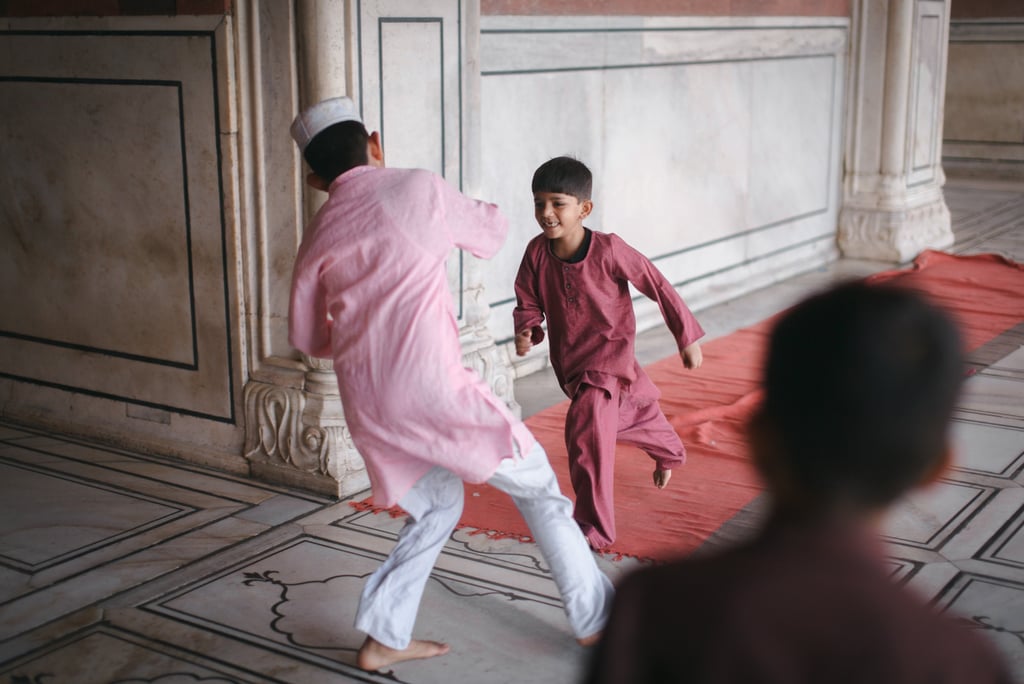

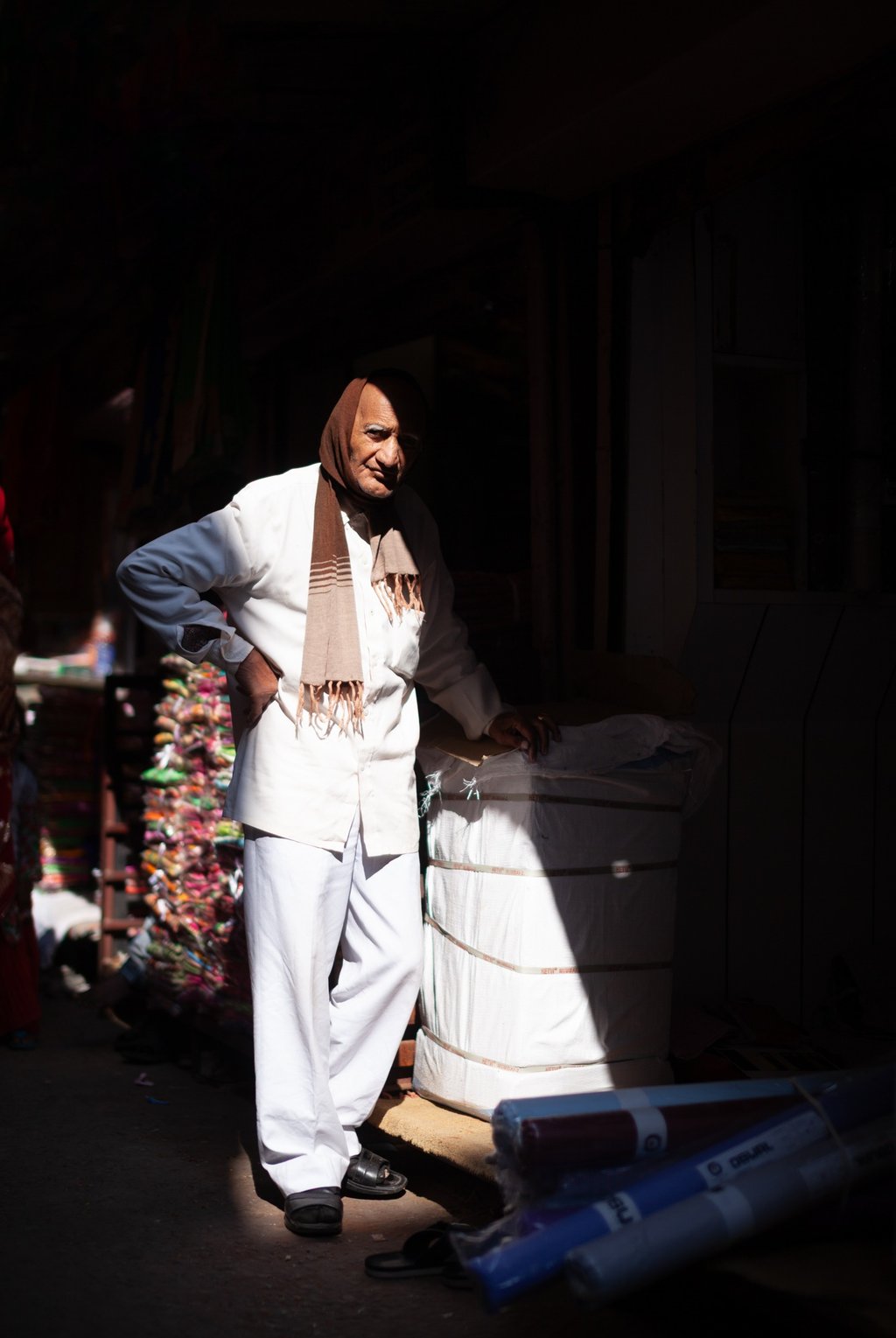

Cultural Awareness
While many street photographs capture candid, unposed moments, there are times when engaging directly with your subjects can create powerful, connected images. This interaction requires social skills as much as photographic ones.
Approaching strangers can be intimidating, but remember, most people are flattered by a sincere interest in their lives or work. The key is to be genuine and respectful. Think of these encounters as brief conversations rather than photographic transactions.
When approaching someone, be transparent about your intentions. A simple "I'm a photographer documenting life in this neighbourhood" or "I love your style-would you mind if I took a portrait?" goes a long way. Your body language should be an open and non-threatening approach from the front where you can be seen, maintain appropriate distance, and make eye contact.
Cultural awareness is crucial when photographing in different communities. What's acceptable in London may not be in Lima or Istanbul. Research local customs and be attentive to social cues. When in doubt, ask permission; respecting a "no" graciously builds goodwill for all photographers who come after you.
After taking photos, consider showing your subject the images on your camera's screen. This simple act of inclusion transforms the experience from extraction to collaboration. If possible, offer to send them a copy of the finished photograph. Many street photographers carry business cards with their contact information for this purpose.
Sometimes the most interesting photographs come after the posed shot, when your subject relaxes back into their natural state. Be patient and continue observing even after the "official" portrait is complete.
Remember that street photography exists in a moral space as much as an artistic one. The question isn't just "Can I take this photo?" but "Should I take this photo?" and "How would I feel if someone photographed me in this situation?" Empathy should guide your decisions as much as aesthetics.
This art form should never be exploitative.
Engaging with subjects doesn't always mean verbal interaction. Sometimes a smile, a nod, or eye contact before or after taking a photo acknowledges the human connection in the process. This momentary recognition can transform what might feel like an intrusion into a shared experience.
Capturing humanity means you do not forget yours, nor that of the subject you wish to photograph.

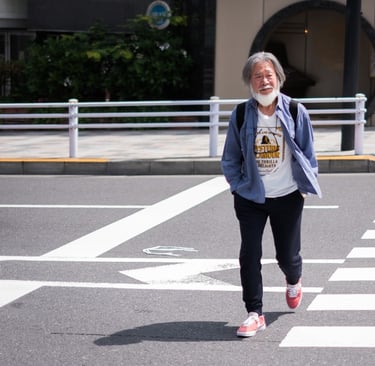
Light and Shadows
Light is the raw material of all photography, but in street photography, where artificial lighting setups are impractical, understanding and working with natural light becomes especially crucial. The urban environment offers a rich tapestry of lighting conditions, from harsh midday sun to the soft glow of shop windows after dark.
Think of light in the city as a natural stage lighting—it creates drama, reveals character, and establishes mood. Like a theatre lighting designer, you need to learn to read and anticipate how light shapes your urban stage.
Hard light—typically from the midday sun—creates strong contrasts and defined shadows. While many photographers avoid harsh midday light, street photographers often embrace it for the graphic patterns and dramatic silhouettes it creates. Look for how tall buildings create canyons of light and shadow, or how sunlight filtering through urban structures creates spotlight effects on sidewalks.
Pockets of light are your friends.
Early morning and late afternoon bring the golden hour—that magical time when sunlight takes on a warm, directional quality. This light is flattering for portraits and adds a cinematic quality to urban scenes. During these hours, position yourself so the light comes from the side or behind your subjects, creating dimensional lighting that pops figures from their backgrounds.
Overcast days provide soft, diffused light that's perfect for capturing subtle expressions and details without harsh shadows. While this light might seem less dramatic, it allows you to focus on expressions, gestures, and moments without fighting extreme contrast.
Rainy days transform the city into a canvas of reflections. Wet pavement mirrors the urban landscape, creating opportunities for compositions that incorporate these reflective surfaces. The subdued light on rainy days also reduces contrast, bringing out colours that might be washed out in bright sunlight.
After dark, the city becomes a stage of artificial lights—neon signs, car headlights, shop windows, and streetlamps. These create pockets of illumination against the darkness. Look for these light sources and position yourself to capture subjects as they move through these pools of light.
Shadows can be as important as the light itself. A shadow might tell more of the story than the subject casting it, or create a graphic element that completes your composition. Train yourself to see shadows not as the absence of light but as elements with their own form and presence.
Remember that your camera sees light differently than your eyes. Our vision adapts to different lighting conditions, but cameras render exposure values more absolutely. Learn to "see like your camera" by considering how the dynamic range of your scene will translate to an image.
Building Your Social Confidence
Fear of photographing strangers is the greatest barrier most aspiring street photographers face. This hesitation is natural. We're taught from childhood not to stare at people, and taking photos feels like an extreme version of staring. Overcoming this fear isn't about eliminating it but working through it productively.
Like with anything in life, doing something for the first time can bring out stage fright, even in professionals. However, they have developed techniques to channel that energy positively. Similarly, you can acknowledge your discomfort while still creating meaningful photographs.
Start in environments where cameras are expected-tourist areas, festivals, or other public events. People in these settings anticipate being photographed, making them less likely to react negatively to your camera. These "training grounds" help you build confidence while producing genuine street images.
Practice incremental exposure. Begin with subjects at a comfortable distance, then gradually work closer as your confidence grows. Each successful interaction builds your self-assurance for the next encounter.
Remember that most people are absorbed in their own thoughts. The "spotlight effect" makes us overestimate how much attention others pay to our actions. In reality, many of your subjects won't even notice you're photographing them, and those who do often forget about it moments later.
Carry yourself with purpose and confidence. If you look uncertain or guilty, subjects are more likely to become suspicious—it’s just human nature. If you act as though taking photographs is the most natural thing in the world, people generally accept your presence.
Sometimes, confrontation happens despite your best efforts. Prepare a brief, honest explanation of what you're doing: "I'm practising street photography", or "I'm documenting daily life in the city." Always be prepared to delete an image if someone strongly objects—no photograph is worth causing serious distress.
Street photography also offers personal growth beyond artistic development. Regular practice helps build social confidence, emotional resilience, and comfort with uncertainty—skills that transfer to many other areas of life. Many photographers report that their street practice has helped them overcome social anxiety in other contexts.
Finally, remember that your discomfort is temporary, but your photographs are permanent. Years from now, when looking at a powerful street image you've created, you won't remember the momentary awkwardness you felt while taking it, but you would certainly regret the shots you were too afraid to take.
Being Conscious of How You Come Across
Body language operates on two levels in street photography: your subjects' body language, which becomes the visual vocabulary of your images, and your own body language, which influences how subjects respond to your presence.
When observing subjects, train yourself to read the subtle cues that reveal their inner states:
A slight tension in the shoulders
Hands clasped tightly
The relaxed posture of someone lost in thought.
These physical expressions often tell more truthful stories than facial expressions, which people tend to control more consciously.
Look for relationships expressed through body language:
How people orient themselves toward or away from each other
The mirroring of gestures between friends
The careful maintenance of personal space among strangers.
These physical dialogues can become the narrative centre of your photographs.
Timing is crucial when capturing body language. Gestures appear and disappear in an instant—a hand momentarily raised, a fleeting glance between strangers, a spontaneous expression of joy. Developing the ability to anticipate these moments comes with practice and patient observation.
Your own body language as a photographer significantly impacts your success on the street. Approach your environment with confidence and without aggression. Keep your movements smooth and deliberate rather than jerky or furtive, which can make people uncomfortable.
When photographing in close quarters, acknowledge your presence with a brief nod or smile before or after taking a photo. This small gesture communicates respect and can defuse potential tension. By acknowledging the other humans around you, it transforms what might feel like an act of taking into a moment of sharing.
Be attentive to cultural differences in body language. Personal space varies dramatically across cultures, as do interpretations of gestures and eye contact. What reads as friendly in one culture might seem intrusive in another. Research these differences when photographing in unfamiliar communities.
Remember that your physical positioning affects both the composition of your images and your subjects' comfort. Shooting from eye level creates a sense of equality and connection, while photographing from below can make subjects appear more imposing, and shooting from above can diminish them.
Practice moving through spaces in ways that allow you to photograph effectively without disrupting the scene. Even the motion of raising or lowering your camera needs to become fluid, so you don’t disturb the fragile balance of the space you are now walking through. With experience, you'll develop a physical intuition for when to move closer, when to step back, and how to position yourself for the decisive moment.
Discovering Your Aesthetic
While individual street photographs can be powerful, developing recognisable patterns and themes in your work elevates it from random captures to a cohesive artistic statement. These recurring elements become your visual signature and reveal deeper insights about your perspective on the world—how you see any given scene.
Themes often emerge naturally from what draws your eye. After shooting for a period, review your work to identify what subjects or situations repeatedly capture your attention. Are you drawn to moments of human connection? Expressions of solitude in crowded places? The interaction between people and architecture? These recurring interests reveal your unique vision.
Think of themes as conversations you're having with the world. Each new photograph adds to this dialogue, building a compendium of images that speak to your particular concerns and fascinations. I am currently working on a novel, and I find myself returning to certain character types and exploring particular emotional territories. Similarly, your recurring themes become the foundation of your artistic voice.
Some photographers choose to pursue projects with deliberately defined themes—documenting a specific neighbourhood over time, capturing a particular social phenomenon, or exploring a visual concept like reflection or juxtaposition. These structured approaches can provide creative constraints that enhance creativity by focusing your attention.
Colour can serve as a unifying element across your work. Some street photographers are drawn to bold, saturated colours that punctuate urban environments, while others prefer muted palettes that evoke particular moods or historical periods. Developing sensitivity to colour relationships can transform ordinary scenes into visually cohesive images.
Pay attention to emotional patterns in your work. Do your photographs consistently evoke particular feelings—melancholy, humour, tension, wonder? This emotional signature is as important as visual consistency and often more meaningful to viewers who connect with the feeling your images evoke.
Consider how your work relates to broader cultural contexts and historical photographic traditions. Are you continuing conversations begun by earlier photographers? Challenging conventional representations of urban life? Documenting aspects of contemporary existence that might otherwise go unrecorded? Understanding these connections helps you situate your work within larger artistic and social narratives. Furthermore, it goes a long way in answering the question, “What am I adding to the conversation?”
Remember that themes need not be intellectualised or named to be effective. Often, the most powerful threads running through a photographer's work are intuitive rather than deliberate—expressions of personality and perspective that emerge organically through the act of seeing and choosing what to photograph.
Capturing Authentic Expressions
For me, the human face remains photography's most compelling subject. In street photography, capturing authentic expressions provides a window into the emotional landscape of urban life, revealing moments of joy, contemplation, fatigue, or connection that we might otherwise miss in the rush of daily existence.
Approaching facial photography requires sensitivity and respect. The face is intensely personal, and photographing it creates an intimate document. Consider the ethics of each situation. Is this a moment that should be preserved? Would you be comfortable if someone photographed you in similar circumstances?
Unlike studio portraiture, street photography captures expressions in their natural state, unposed and often unconscious. These unguarded moments reveal truths about our inner state that posed expressions would otherwise conceal. Look for the fine details that suggest authentic character rather than social performance. The former unveils itself in a single, fleeting instant—present only at the decisive moment—while the latter can be coaxed into existence whenever we choose, its ease of manufacture stripping away the very authenticity that makes a story mean anything.
Technically, photographing faces on the street presents challenges. Faces require precise focus, particularly on the eyes, which may be difficult to achieve in fleeting moments. Consider using techniques like zone focusing (discussed earlier) or face-detection autofocus if your camera offers it.
Light is crucial for expressive portraiture. Side lighting reveals texture and dimension in faces, while frontal light flattens features but may more clearly show expressions. Backlighting creates dramatic silhouettes but obscures facial details. Learning to quickly read lighting conditions helps you position yourself for the most effective facial captures. The more pre-planning you commit to, the better your results.
Look beyond obvious expressions to subtle emotional states. A slight furrow of the brow, a barely perceptible smile, or a distant gaze often tells more interesting stories than broad, performative expressions. These nuanced emotional states require careful observation and quick reactions to capture.
Get this right, and in that suspended instant the viewer’s eyes linger just a heartbeat longer on your subject’s face, tracing the gentle arch of an eyebrow or the faint tremor at the corner of the mouth. Here, fascination and wonderment converge to feed curiosity and empathy for another soul’s silent story.
When photographing people in conversation, watch for moments of emotional transition—the beat after a laugh, the breath before a reply, or the moment someone shifts from listening to speaking. These transitional expressions often reveal more complex emotional states than static moments. Your aim as a street photographer is to hint at the untold story—what’s about to be said or felt before it unfolds. The viewer will stitch together those subtle cues you’ve captured and uncover the full narrative.
If you choose to engage directly with subjects, learn to put people at ease quickly. A genuine smile and relaxed demeanour on your part often elicits more natural expressions from your subjects. A conversation before photography can reveal aspects of personality that inform your approach to capturing their face.
Remember that successful facial photography in street settings often depends more on social skills than technical mastery. Developing comfort with human interaction and building the ability to establish rapid rapport will improve your people photography more than any camera technique.
The Decisive Moment
Henri Cartier-Bresson, one of the fathers of street photography, famously described the "decisive moment" as "the simultaneous recognition, in a fraction of a second, of the significance of an event as well as of a precise organisation of forms which gave that event its proper expression." This concept has become central to street photography, though it's often misunderstood.
The decisive moment isn't simply about quick reflexes—it's about anticipation and recognition. It's the instant when visual elements align with human behaviour to create a uniquely telling frame. Think of it as the convergence of content and form—what happens and how it looks coming together in perfect harmony.
Developing your ability to recognise these moments requires training your photographic intuition. With plentiful practice in the field, photographers develop an almost unconscious ability to sense when elements are coming together.
Preparation is essential for capturing decisive moments. Your camera should be ready—exposure set, and focus method determined—so that technical considerations don't delay your response when a moment presents itself. Cartier-Bresson described this preparedness as: “Your eye must see a composition or an expression that life itself offers you, and you must know with intuition when to click the camera. That is the moment the photographer is creative, oop! The Moment! Once you miss it, it is gone forever.”
Patience plays as important a role as quickness. Many decisive moments come to photographers who wait in promising locations, observing the flow of life and recognising when ordinary movement becomes extraordinary. As National Geographic photographer Jim Richardson advised, "If you want to make more interesting pictures, stand in front of more interesting stuff." Learning where decisive moments are likely to occur and positioning yourself there is half the battle.
Remember that decisive moments vary in their timeframe. Some truly are instantaneous—a jump, a gesture, an expression that exists for only a fraction of a second. Others unfold more slowly—the gradual arrangement of people in space, the building of a visual pattern that reaches completion over several minutes. Training yourself to recognise both types expands your photographic possibilities.
While the decisive moment is often associated with capturing peak action, equally important are the moments of transition and anticipation, the instant before an action culminates or just after it completes. These transitional moments often contain more emotional tension and narrative possibility than the obvious peak.
Capturing the emotions after the fact can be just as decisive as the act itself.
Finally, understand that recognising decisive moments is subjective. What constitutes a significant alignment of elements varies among photographers based on their interests, visual preferences, and what they seek to communicate. Developing your personal sense of what constitutes a decisive moment is part of finding your unique aesthetic as a photographer.
Technical Understanding
The technical understanding of your camera creates the freedom to focus completely on the creative aspects of street photography. When camera operation becomes second nature, you remove barriers between seeing and capturing decisive moments.
If you’re just getting started, aperture priority mode (A or Av) offers an excellent balance of control and automation. This mode allows you to select the aperture (controlling depth of field) while the camera automatically sets an appropriate shutter speed. As you gain experience, you might explore full manual mode for complete control or shutter priority when freezing motion is your primary concern.
Understanding exposure in street photography requires flexibility. Urban environments present extreme contrasts—bright sunlight alongside deep shadows—that challenge your camera's dynamic range. Train yourself to read a scene at a glance and choose whether to protect highlights or preserve shadow detail—whichever best serves the story you’re telling and the mood you want to convey.
In terms of specific settings, consider this general approach as a starting point:
For daytime street photography:
Aperture: f/8 to f/11 provides good depth of field for zone focusing
ISO: 400-800 offers a good balance of image quality and shutter speed
Shutter speed: Aim for at least 1/250s to freeze casual movement
Autofocus: Single point or zone focus, depending on your subject
For night street photography:
Aperture: f/2.8 or wider to gather maximum light
ISO: 1600-3200, balancing noise against required shutter speed
Shutter speed: Try to maintain 1/60s minimum unless using stabilisation
Focus: Autofocus with assist lamp or manual focus on predictable distances
Beyond these basics, familiarise yourself with your camera's specific capabilities. Modern cameras offer features particularly useful for street photography:
Face/eye detection autofocus for quickly capturing expressions
Silent shooting modes to remain discreet
Auto-ISO with a minimum shutter speed to prevent motion blur
Customisable buttons for quick access to frequently changed settings
Develop muscle memory for adjusting settings without looking at your camera. Practice changing ISO, aperture, and focus methods by touch alone so you can keep your eye on unfolding scenes rather than on your equipment.
Remember that technical "rules" in street photography exist to be selectively broken. Motion blur, typically avoided, might perfectly express the energy of a crowded marketplace. Deep shadows, often considered exposure problems, might create graphic compositions that speak to urban isolation. The best technical approach always serves your creative intent.
Walk, Walk, Then Walk Some More
The single most important practice for improving your street photography is surprisingly simple: go out and shoot regularly. No amount of reading, equipment research, or online study can replace the experience gained through consistent practice in the field. Yes, even this guide cannot do all the legwork for you—pun unashamedly intended.
Think of street photography as a relationship with your environment that deepens over time. Each outing builds your understanding of how light plays across your city at different hours, how neighbourhoods change throughout the day, and where interesting human moments tend to occur. This knowledge accumulates gradually through regular exploration.
Walking is the ideal pace for street photography. Fast enough to cover meaningful territory, slow enough to observe details and develop awareness of unfolding situations. Unlike driving or public transit, walking allows you to stop instantly when you spot potential, change direction on a whim, and move through spaces at a human scale.
Treat your camera like a daily companion rather than special equipment. Some photographers adopt a practice of carrying a camera everywhere, creating the possibility of photography in otherwise mundane moments—commuting, lunch breaks, and everyday errands. These "stolen moments" of photography often yield surprisingly fresh perspectives.
Develop walking routes that offer photographic potential, but also challenge yourself to find images in seemingly unpromising locations. Some of the most interesting street photographs emerge from ordinary places where most people wouldn't think to look for compelling images. As the photographer William Eggleston demonstrated, even seemingly banal environments contain visual poetry for those who learn to see it.
Consider how weather and seasons affect your photography practice. While comfortable conditions might seem ideal, unusual weather often creates unique photographic opportunities—the changed behaviour of people in rain or snow, the dramatic lighting during storms, the transformed appearance of familiar places in fog or unusual light all add atmospheric depth to your images.
Use walking as a meditative practice that heightens your awareness. Many photographers report entering a special state of consciousness during street photography with a heightened noticing of details, patterns, light, and human behaviour that might otherwise pass unobserved. This state, sometimes called "flow," represents one of street photography's greatest personal benefits and why it has been my chosen genre for almost twenty years.
Remember that not every outing will yield portfolio-worthy images. Some days serve primarily as practice, maintaining your observational skills and camera handling. Other days might provide just one exceptional image among hundreds of frames. Both types of experience contribute to your development as a photographer.
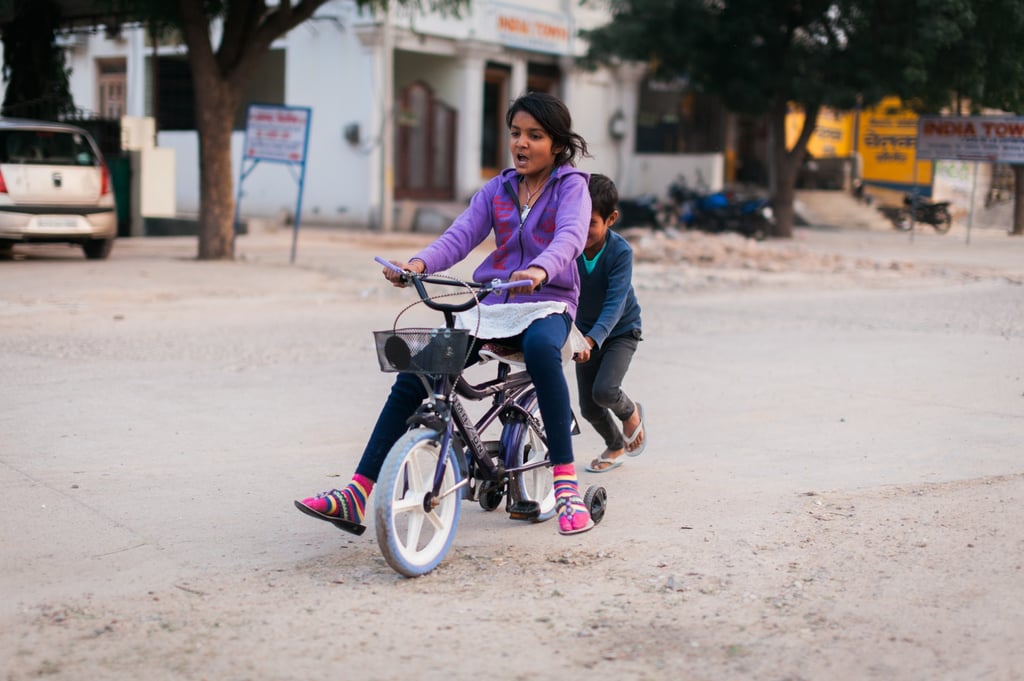

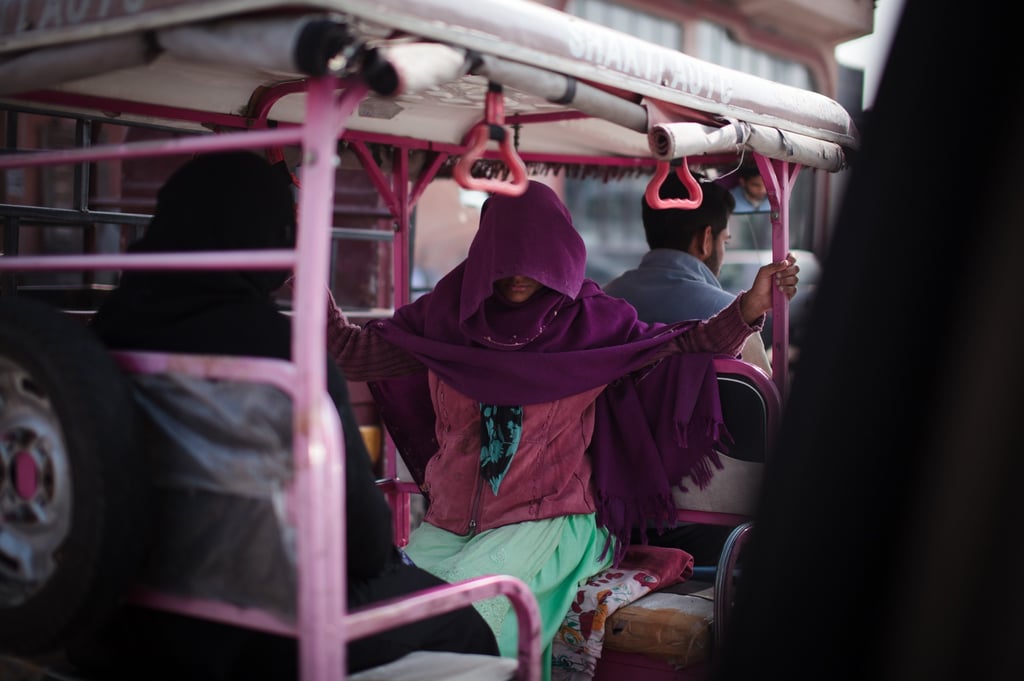

In the End
Street photography offers a unique combination of artistic expression, social observation, and personal growth. As you continue your journey in this craft, remember that technical mastery, while important, is secondary to developing your unique vision and approach to seeing the world.
The greatest street photographers throughout history weren't necessarily those with the most expensive equipment or technical knowledge—they were those who brought curiosity, empathy, and persistence to their practice. Henri Cartier-Bresson worked primarily with a simple rangefinder camera. Vivian Maier created her remarkable body of work while working as a nanny. Robert Frank captured his influential series "The Americans" while travelling with minimal gear.
Your growth as a street photographer will likely follow a non-linear path. Periods of rapid development may alternate with plateaus where progress seems elusive. This rhythm is natural and often precedes breakthroughs in your work, but only if you keep working away and refining your art form. During challenging periods, reviewing the work of photographers you admire can reignite your inspiration and suggest new approaches.
Consider how your street photography might contribute to broader historical and social understanding. Today's street photographs become tomorrow's historical documents, offering future viewers insight into how we lived, dressed, interacted, and occupied public spaces. This documentary aspect gives your work significance beyond its immediate artistic value.
As your skills develop, consider organising your work into projects or series that explore specific themes, locations, or concepts. While individual strong images have power, bodies of work that investigate subjects with depth and nuance often have greater impact and provide more satisfaction as a photographer.
Remember that the community of street photographers is vast and welcoming. Consider joining local photography walks, online groups, or workshops where you can share experiences, receive feedback, and build connections with others passionate about this art form. These communities offer support, accountability, and the opportunity to see how others approach similar challenges.
Finally, approach your practice with patience and self-compassion. Street photography demands vulnerability—placing yourself in unfamiliar situations, risking rejection, and exposing your unique way of seeing to others. Honour the courage this requires and celebrate your willingness to engage with the world through your camera.
The street awaits with a plethora of decisive moments. Your only task is to be present, camera in hand, ready to capture them.
